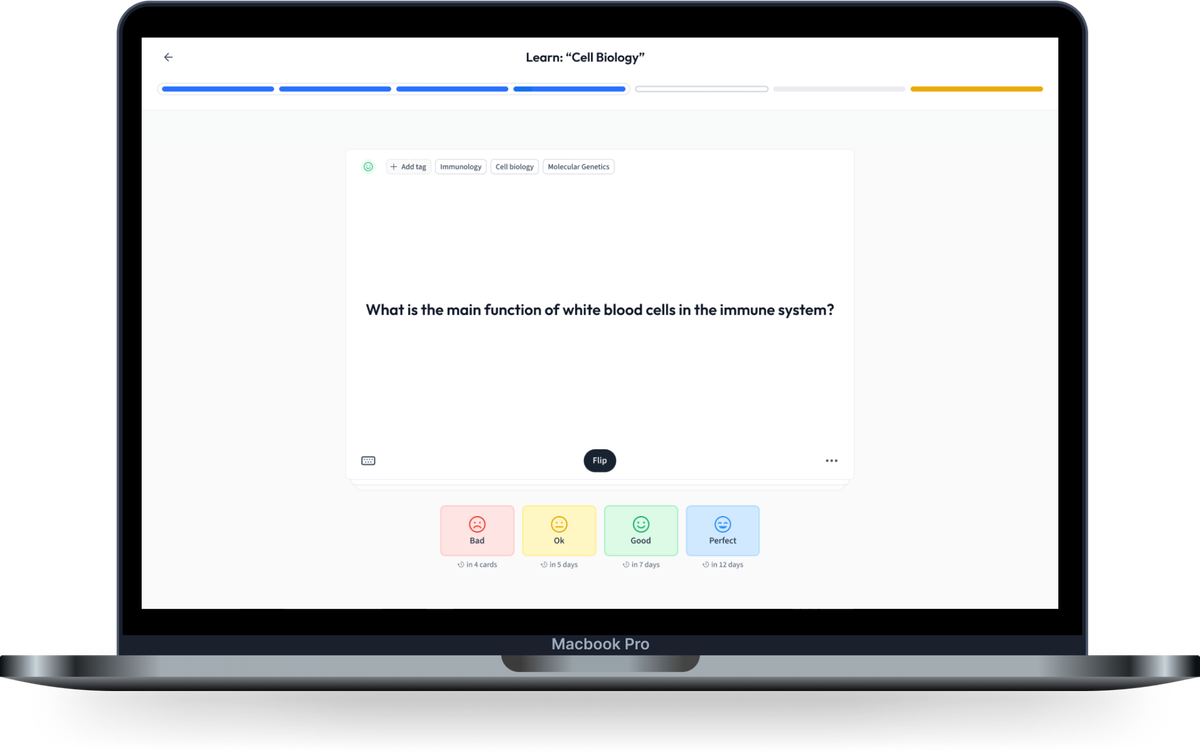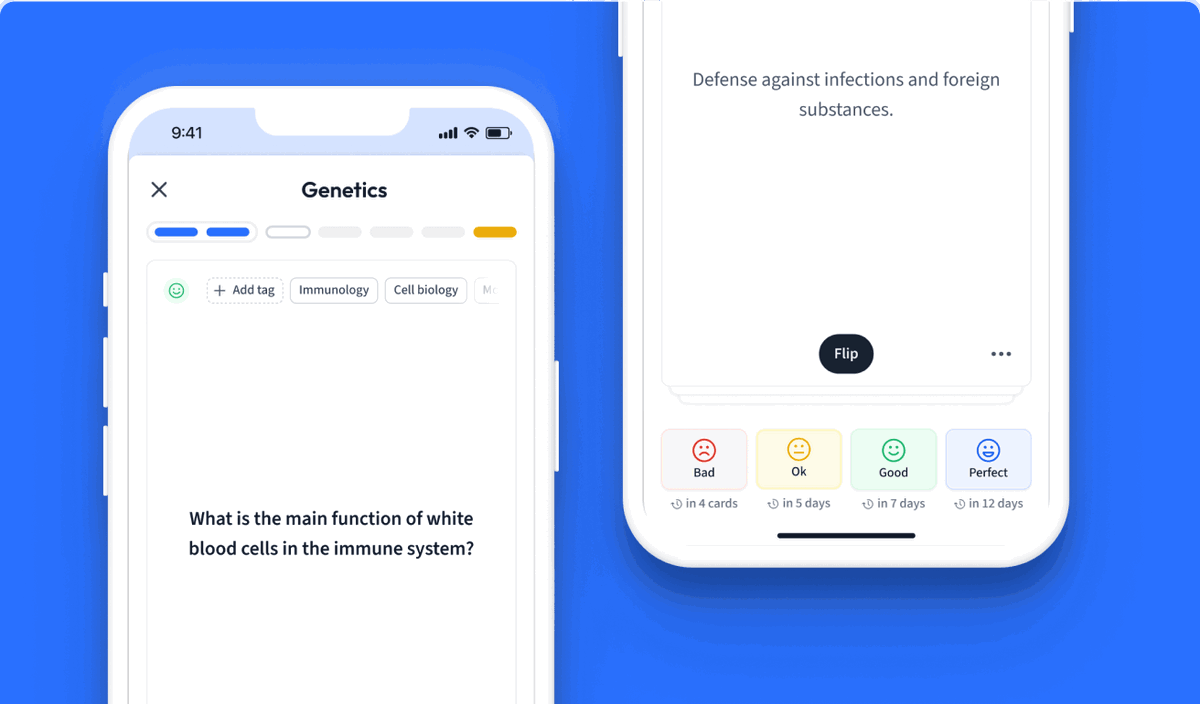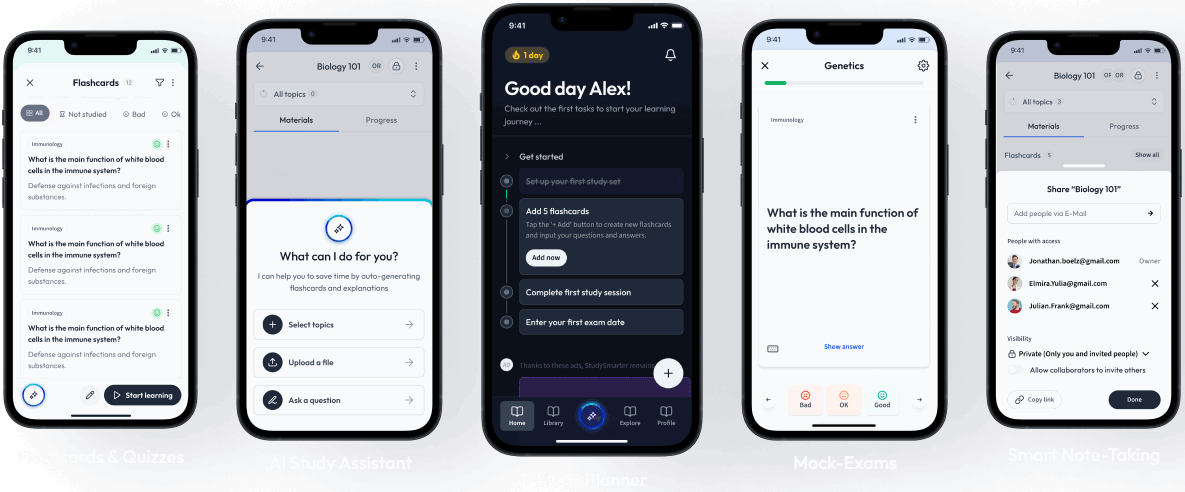Jump to a key chapter
A summary is an overview of a source's main ideas. Reading and writing summaries is useful for strengthening skills in studying, research, and writing 5 paragraph essays.
Summary Definition
When writers summarize a source, they identify the main points of that source and then discuss them in their own words. A summary is an account of this information. Writers can summarize all sorts of sources, such as essays, books, films, and lectures.
A summary is a brief overview of something's main points.
Parts of a Summary
The content of a summary will depend on the topic and intended length. However, the basic parts of a summary are typically the same. A summary opens with an introduction in which the writer provides information about the source. For instance, if a writer is summarizing a book, the introductory section of the summary will include the book's title, author, and year of publication. This information introduces the reader to the source. At the end of the introduction, the writer will craft a thesis statement, which expresses the main idea of the summary.
After the introduction, the writer will move on to writing the body of the summary. The body will include a discussion of the main ideas of the source. For example, in a summary of a work of fiction, a writer will mention important information about the main characters and what they do in the text. The writer will also discuss important elements of the story, such as the main conflict and the climax.
Next, the writer will wrap up the summary with a conclusion. The conclusion of the summary will restate the main idea of the source, so the reader leaves the summary with a comprehensive understanding. For instance, a concluding sentence for a short summary of John Updike's story "A&P" (1961) might look something like this:
Overall, "A&P" is a coming-of-age story in which John Updike explores teenage idealism.
The final element of a summary is the reference list. The writer needs to cite the sources they used according to an established referencing style, such as MLA or APA.

Characteristics of a Summary
In addition to having the aforementioned parts, summaries are full of:
Concise writing
Accurate information
Objective descriptions (if it is a descriptive summary)
Summaries are also always shorter than the source they describe. Since a summary is a condensed overview of something's main points, writers of summaries leave out unimportant details from the original source, thereby making the summary shorter.
Types of Summary
Summaries are either descriptive or evaluative.
Descriptive Summaries
A descriptive summary is a summary in which writers provide an objective overview of the source they are summarizing. The writer of a descriptive summary does not include their own opinions or analysis of the source.
Researchers frequently use a type of descriptive summary called an abstract. An abstract is a concise summary of a research paper that readers read before reading a full research paper. The abstract provides an overview of the research question, methodology, and findings. This helps readers determine if the article is relevant to their research.
Evaluative Summaries
An evaluative summary does include the author's opinion on the source. Like in a descriptive summary, the author discusses the most important information in a source. However, in an evaluative summary, as the name suggests, the author evaluates the source. They can analyze it and discuss their own opinions about it.
Although writers of evaluative summaries can include their own opinions on the source, they still have to maintain a formal academic tone to ensure their evaluation of the source is credible. For instance, instead of writing: "This book was stupid," an evaluative summary would have to make a claim like: "The author failed to create an engaging plot and dynamic characters."
 Fig. 2 - Evaluative summaries can include the author's opinion.
Fig. 2 - Evaluative summaries can include the author's opinion.
Examples of Summary
The following is a descriptive summary of W. W. Jacob's short story "The Monkey's Paw" (1902).
"The Monkey's Paw" is a short story that W. W. Jacobs wrote in 1902. In the beginning, a man named Sergeant Major Morris shows the White family a magical monkey's paw that he found in India. Morris says the paw grants three wishes to three people, but the wishes never come true in the way the owner wants them to. He throws the paw in the fire, but Mr. White takes it and wishes for money to pay off his mortgage. Then he learns that his son Herbert has died in a work accident, and the financial compensation is the amount of money he wished for. A distraught Mrs. White takes the paw and wishes for Herbert to come back to life. That night there is a knocking at the door, and Mr. White desperately searches for the paw. In the end, Mrs. White opens the door, but no one is there to answer. The reader is left wondering exactly what happened but might infer that Herbert's dead body was knocking at the door and disappeared because Mr. White made one last wish.
The above summary does not include the writer's opinion, making it a descriptive story summary.
The following is an evaluative summary of the text.
"The Monkey's Paw" is a spooky short story that W. W. Jacobs wrote in 1902. In the beginning, a man named Sergeant Major Morris shows the White family a magical monkey's paw that he found in India. Morris says the paw grants three wishes to three people, but the wishes never come true in the way the owner wants them to. He throws the paw in the fire, but Mr. White takes it and wishes for money to pay off his mortgage. Then he learns that his son Herbert has died in a work accident, and the family's financial compensation is the amount of money he wished for. A distraught Mrs. White takes the paw and wishes for Herbert to come back to life. That night, there is an eerie knocking at the door, and Mr. White desperately searches for the paw. In the end, Mrs. White opens the door, but no one is there to answer. The reader is left wondering exactly what happened but might infer that Herbert's dead body was knocking at the door and disappeared because Mr. White made one last wish. Jacobs does an excellent job creating suspense and engaging the reader throughout the story, especially in the last scene.
Examine the differences between the descriptive summary and evaluative summary. They both discuss all the story's main events, but the evaluative one goes a step further and expresses the author's opinions on the story.
Importance of Summary
Summaries can improve people's writing, reading, and research skills.
Importance of Reading Summaries
Summaries are important because they educate readers. If a reader wants to know what a book is about but does not know if they want to read the entire text, reading a summary can help them decide. This process can be particularly useful when researchers decide whether to read a source as a part of their research process. In this case, readers typically read an abstract to determine if a source will be useful. A summary of a text can also help students review what a text is about without reading it again.
Importance of Writing Summaries
Writing summaries can also help people strengthen their writing skills. Crafting a summary requires knowing how to identify the main ideas of a text, put them in one's own words, and discuss them with concise language. All of these skills take practice, and writing summaries can help writers develop them. Writing summaries can also help students test their knowledge of a source.
Summary - Key Takeaways
- A summary is a brief overview of another source and are very useful for 5 paragraph essays.
- A strong summary is a precise, succinct statement about a source.
- A summary includes an introduction, thesis, body, conclusion, and references.
- Descriptive summaries provide an objective overview of a source.
- Evaluative summaries include the writer's perspective on a source.


Learn with 15 Summary flashcards in the free StudySmarter app
We have 14,000 flashcards about Dynamic Landscapes.
Already have an account? Log in
Frequently Asked Questions about Summary
What is a summary?
A summary is a brief overview of another source.
How to write a summary?
To write a summary writers should read the entire source and then highlight the main ideas. Then they should discuss the main points in their own words.
What are the 5 parts of a summary?
The parts of a summary are the introduction, thesis, body, conclusion, and references.
What are the 3 main requirements for a good summary?
A summary is succinct and precise. Descriptive summaries are also objective.
What are the characteristics of a summary?
Summaries are precise, succinct overviews of a source. They are always shorter than the source they are about.


About StudySmarter
StudySmarter is a globally recognized educational technology company, offering a holistic learning platform designed for students of all ages and educational levels. Our platform provides learning support for a wide range of subjects, including STEM, Social Sciences, and Languages and also helps students to successfully master various tests and exams worldwide, such as GCSE, A Level, SAT, ACT, Abitur, and more. We offer an extensive library of learning materials, including interactive flashcards, comprehensive textbook solutions, and detailed explanations. The cutting-edge technology and tools we provide help students create their own learning materials. StudySmarter’s content is not only expert-verified but also regularly updated to ensure accuracy and relevance.
Learn more

